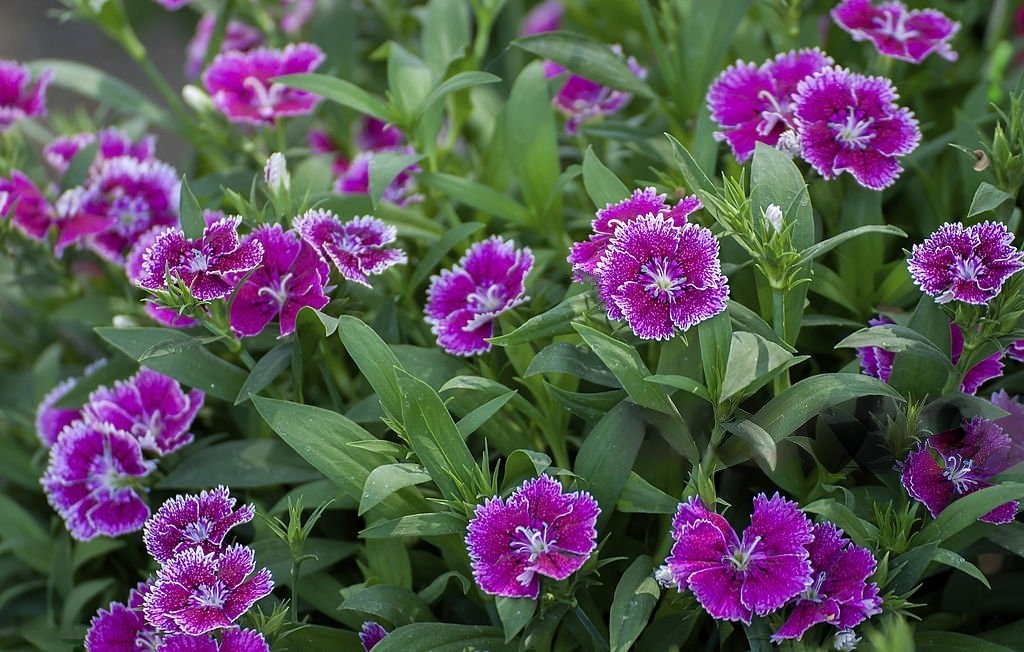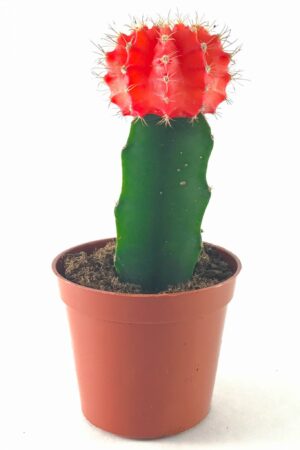Plant Description
- Appearance: Dianthus flower plants feature small, fragrant flowers with five petals, often displaying distinctive fringed or serrated edges. The flowers come in various colors, including pink, white, red, lavender, and bi-colored varieties. Dianthus blooms can be single or double-petaled.
- Size: The size of Dianthus plants can vary depending on the species or variety. Some are low-growing, forming compact mounds, while others can reach heights of 6-12 inches or more.
- Growth Habit: Dianthus plants typically have a bushy or clumping growth habit with slender, grass-like leaves. They are well-known for their pleasant, spicy fragrance.
Fertilizer
- Frequency: Dianthus flower plants benefit from regular but moderate feeding during the growing season. Apply a balanced, all-purpose, granular fertilizer in early spring and then again after the first flush of blooms. Follow the manufacturer’s instructions for application.
- Fertilizer Type: Use a granular or slow-release fertilizer with a balanced formulation like 10-10-10 or 14-14-14. Balanced fertilizers help promote overall plant health and flower production.
- Application: Sprinkle the granular fertilizer evenly around the base of the plant, ensuring it does not touch the foliage. Water the plant thoroughly after applying the fertilizer.
Accessories
- Mulch: Applying a layer of organic mulch, such as wood chips or shredded bark, around the base of your Dianthus plants can help conserve soil moisture, suppress weeds, and maintain a more even soil temperature.
- Decorative Pots or Containers: Dianthus can be grown in containers, making them a versatile choice for patios, balconies, or indoor gardening. Select decorative pots or containers that match your aesthetic preferences.
- Supports: Some taller varieties of Dianthus may benefit from support, such as stakes or small trellises, to prevent flopping or bending under the weight of the blooms.
- Frost Protection: If you live in an area with cold winters, consider using frost protection covers or cloths to shield your Dianthus from frost and cold temperatures.





Reviews
There are no reviews yet.